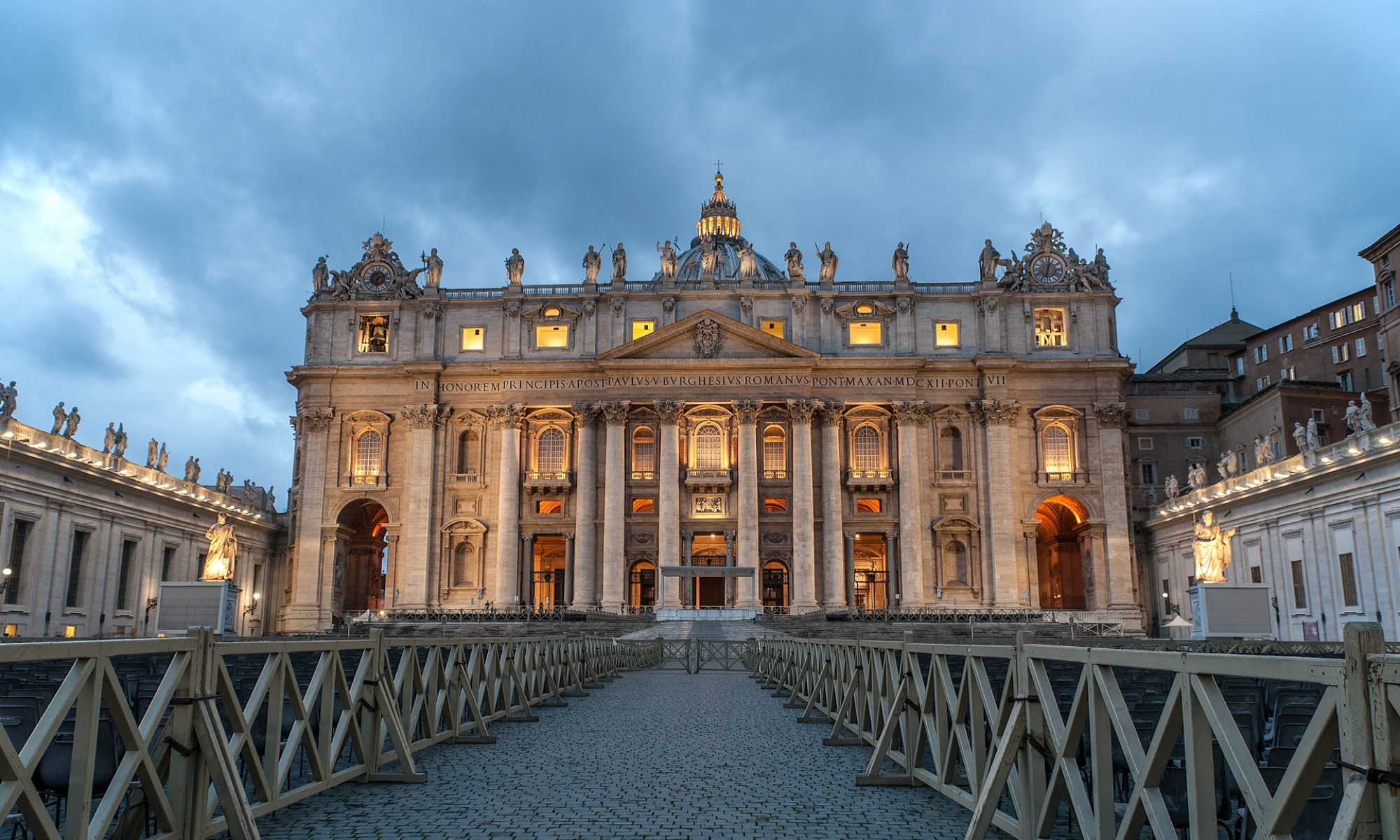In the beginning there were rock concerts and the young people became the “youth”. At the end of the Sixties, the youth culture expressed itself through pop music and massive events. Woodstock (1969) epitomized such powerful trends in Western society. The youth became a social subject and youth events entered into history, influencing that generation and the next. How did religious movements react to the Woodstock culture? Evangelicals were quick to sniff out the change and immediately responded to it. Massive youth events received a boost in the USA (Urbana) and beginning in the late Seventies began to take place in Europe as well (Mission congresses). Then, as the cultural tide changed and the economic crisis took its toll, these youth events declined and stopped having the impact they had initially.
A slow start, a persistent project
The RC Church was less reactive to these changes in society. Being an institution led by older people, it generally needs more time to come to terms with what happens with the younger generations. John Paul II, however, introduced the idea of having World Youth Days to catch the imagination of the global youth and to find regular opportunities to convene massive events that would show the “youthful” face of the old institution. So, after a few introductory attempts in the early Eighties, the first big event was held in Buenos Aires (Argentina) in 1987 where hundreds of thousands of young people took part. The World Youth Day began and has taken place regularly ever since: Santiago de Compostela (1989), Czestochowa (1991), Denver (1993), Manila (1995), Paris (1997), Rome (2000), Toronto (2002), Cologne (2005), Sidney (2008) and now Madrid (2011). Slow to respond, the RC Church has nevertheless become the primary organizer of global youth events. Once on track, the power of the institution gives continuity to events that other religious movements have the tendency to play with for a time, but in the end are unable to give stability to.
Madrid 2011
The 26th World Youth Day (WYD) will take place in Madrid from August 16 to 21, 2011. The choice of Madrid is strictly related to the desire of Pope Benedict XVI to reclaim the soul of Europe as a “Christian” continent. Spain is a new frontier in the interface between traditional RC cultures and secularizing trends. Nearly a million young people are expected to participate at the WYD from all over the world, especially Europe. The program entails multiple sessions of catechism, vigils of prayer, calls to auricular confession, as well as selected art and music festivals. The star of the event will be pope Benedict himself who will celebrate the concluding open-air mass. Since John Paul II was the initiator of WYDs, after his recent beatification he has been proclaimed patron and protector of the event. A new edition of the Catechism of the Catholic Church has been prepared, having in mind the youth as the audience. It’s entitled YouCat and is a shorter and more youth-friendly version of the official text, with pictures, comics, all in an innovative format. 700.000 copies will be distributed to catch the attention of the young people.
What’s the WYD’s big idea?
While it is difficult to summarise the contours of the Woodstock culture, it is much easier to envisage the big idea behind the WYD. First, the RC Church is a large, welcoming home that is also a place for the young people. In it you can find fun, the Eucharist, music, friendship, devotion to Mary, community, etc. The Church provides all. The Church combines Middle Age practises and postmodern habits. Even the old popes, apparently so remote from the concerns of the youth, are young in spirit and trustworthy “fathers” to be listened to. Second, the RC never hides its vision, goal, and project. Sometimes, for the sake of contextualization or relevance, Evangelical initiatives loose gospel centeredness and become shallow events. Not so for the WYD. The RC vision in its fullness is crystal-clear from beginning to end. The highest hierarchy with all their traditional vestments will be there at centre stage. The traditional RC practices will be encouraged. The traditional teaching will resound. Youthful yes, but always Roman Catholic. WYD will not sell cheap Roman Catholicism.
Most likely not all the youth that go to Madrid will live out their faith in a coherent way, as they will be encouraged to do. Many will continue to nurture their pick-and-choose spirituality. This is not the main point, however. The young people will go back home with a solid impression of the power of the Church of Rome, a Church that has a youthful profile, offering spiritual engagement and cultural belonging to the new generation. Nowadays the RC Church seems to be the only religious agency in Europe and in the world that can attract a large number of people to youth events like this. The WYD is a highly symbolic event with long term implications. Do we grasp them?
Leonardo De Chirico
leonardo.dechirico@ifeditalia.org
Rome, 9th July 2011
